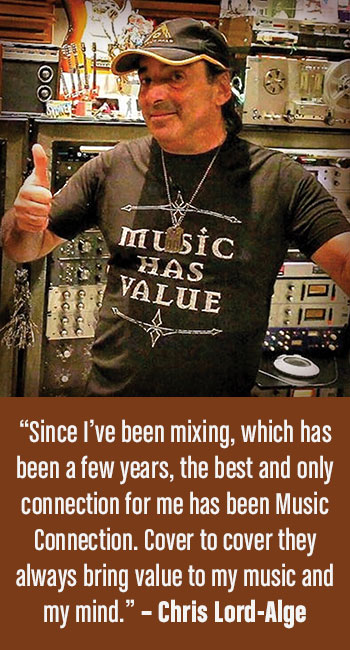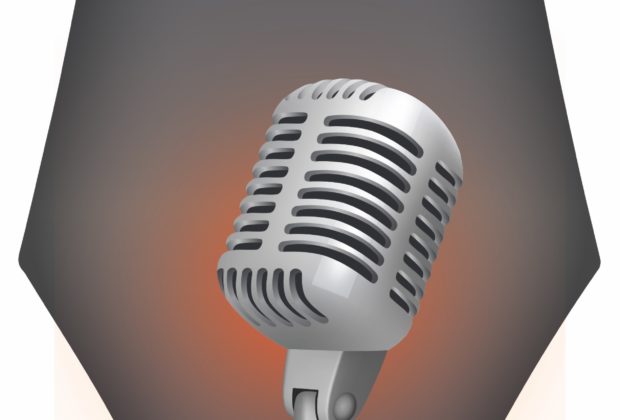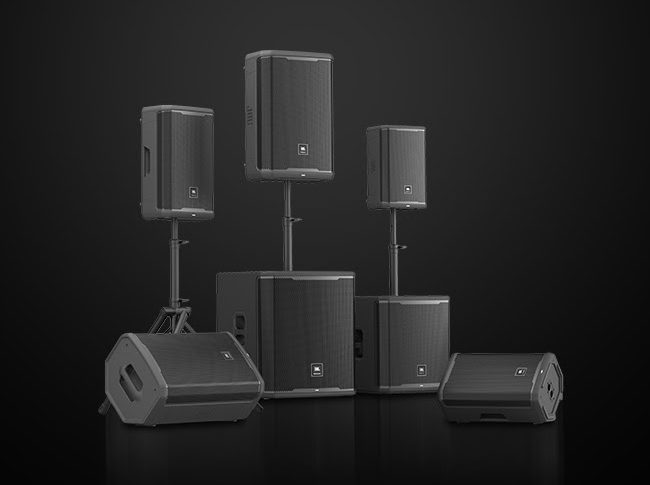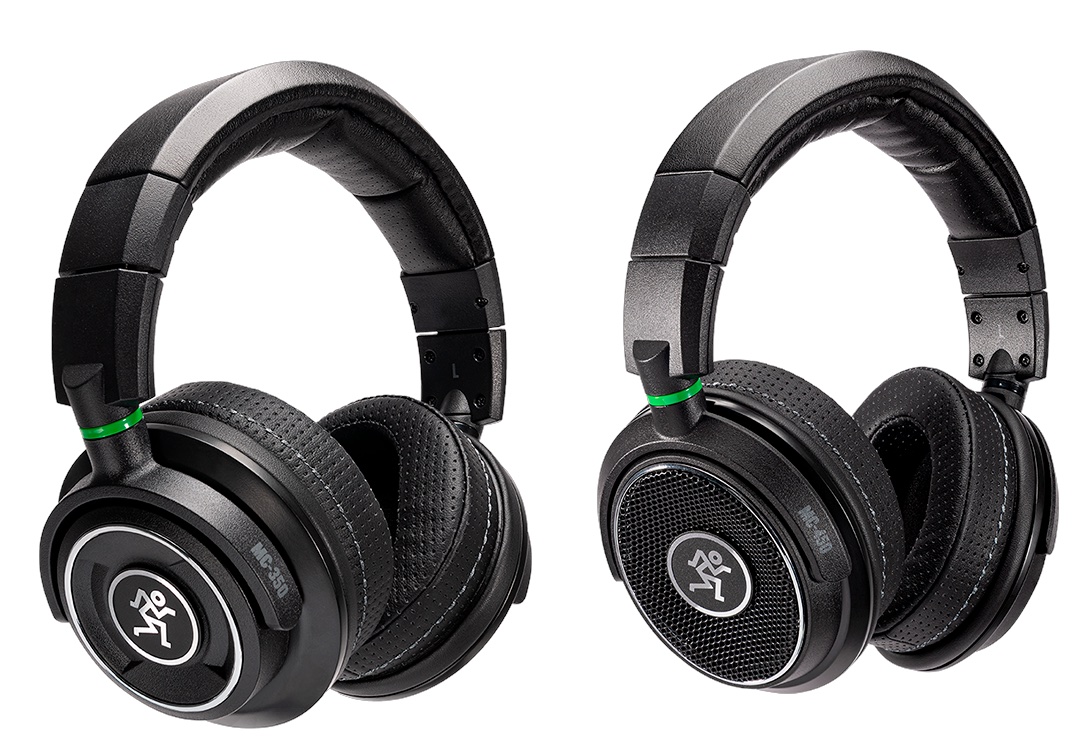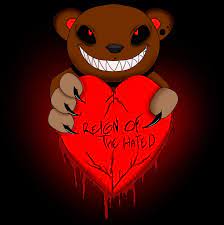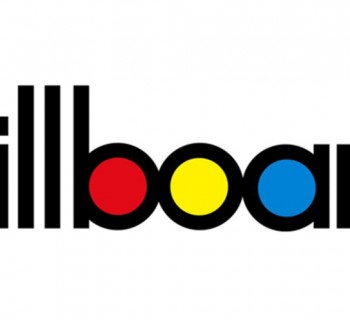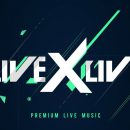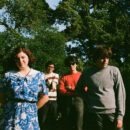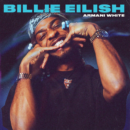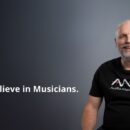Writing is a muscle, and journaling is going to the gym. That’s why the most important book I assign is full of blank pages: a journal. Every single writer I’ve had in as guest speaker journals in one form or another. Some of you may have been journaling since the days of diaries with the lock that didn’t work and the key you lost anyway. That’s a head start. But if not, I’ve taken cues from a few books to get you rolling.
Write Three Pages a Day, Rain or Shine, in Sickness and in Health, till Death Do You Part
In The Artist’s Way, Julia Cameron refers to these as “morning pages.” Let me see if I can anticipate your questions.
“Do they need to be done in the morning?” They don’t.
“Are we expected to journal on holidays?”
As if holidays exist. Give me a day on the calendar—any day—and I can find a holiday/reason not to write, work, get off the couch, or live. Maybe how often you journal is however much you care.
“What dimensions should the page be?”
Three pages is three pages, and you know what three pages is. The page is not a postage stamp, and it’s not the menu at Denny’s. If that’s not helpful, I’d say you can default to 8.5 by 11 inches, which is the standard size a copier will spit at you.
“Can I draw pictures?”
Yes. Pictures, pressed leaves, band stickers, mugshots, whatever. It’s your portable playground, and no one tells you what game to play. I do think it helps to start each entry with the date and a couple of quick surrounding details so that if you have to come back to a particular thought, a few sense memories might help you access your state of mind.
“Why three pages?”
Because I think everyone’s got a page and half in them, and it’s mostly garbage. It’s hot outside. I have a head cold. Work sucks. It’s laundry day. Whatever. Once you’ve cleared that nonsense out, you’ve got a page and a half to go, and that’s when things take off. You have to fill the space, so you do. What happens to me is that the writing starts to get ahead of the thinking, and the subconscious takes the wheel. That’s exactly who should be driving, and it’s why morning is good—you’re still in a kind of suspended state between waking and sleep. People have tried to manufacture that in-between state, by the way. Salvador Dalí used to sit in a chair with a key in his hand and a plate on the floor; he’d relax until he started nodding off, and the key would drop and hit the plate. He’d wake up just a little woozy and liminal, which helped him continue to be Salvador Dalí. Whatever you have to do. But hit something and do it consistently, like, oh, reps at the gym.
Alternative: Pick a Specific Object and Write About It for 10 Minutes
Time yourself, and when 10 minutes ends, stop, no matter where you’ve landed. This style of “object writing” is in Writing Better Lyrics by Pat Pattison, and it’s a little more customized to time-sensitive, “on demand” styles of writing. Singer-songwriter Madison Cunningham came to class and told us she uses a loose version of this method and never misses a day.
“Why ten minutes?”
By focusing on an object and then diving fast and deep, you train yourself to get to the heart of an idea quickly. This is helpful when you’re in cowriting sessions and you’re thrown into a room with someone, maybe a total stranger (who’s also famous), and given a specific prompt. Timing yourself trains you to brainstorm efficiently. It’s like running wind sprints at—yes—the gym.
Journal, You Say? Where Might I Find One?
Selling journals looks like it’s a pretty good business. There are a lot of choices. Some are scented. Some have no lines, like nightmares. Some have ribbon bookmarks, which is hilarious for a journal because you know you left off where the words end, don’t you? There are even “songwriter’s journals,” which remind me a little of people who order lobster and are given bibs—kind of infantilizing. But I guess if you’re selling blank books, you need to add value, and I respect the hustle.
I get my journal at the pharmacy in the aisle that still sells blank CDs, and I go alone because I will not be rushed, distracted, or spoken to. College ruled, obviously, with a metal spiral—plastic is just ridiculous. It speaks of a fragile life.
It has to be three-subject. One-subject notebooks are flimsy and too short; thoughts physically straddle the volumes, making it difficult to refer back to scribble that suddenly strikes me as genius. Color is critical! I let the color tell me which one I want to take home. This can take a while.
The point is, it’s a ritual, and whether it’s kicking one’s cleats three times before stepping into the batter’s box or heaving innocents into a volcano, we humans love ritual.
While You’re There: Pens
Same aisle. Bold yet sensitive. Minimal drag but not excessively fast so that it slips out from under your grasp. I used to think the rubber grips were just for show, but I’ve grown to like them. They provide a sense of luxury. They say, I’m worth it. I assume people who go for weekend bike rides dressed like they’re in the Tour de France can relate. It’s a psychological edge. So go ahead. Treat yourself to the rubber grips.
Why Pens? Because of Longhand
I have a rule for journaling in my classes: it must be done longhand. No laptops, no in-app note taking. My students, so politically sensitive to one another, think nothing of attributing this rule to my age. To them, I suddenly appear decrepit, Gandalfian (minus the magic). They audibly groan that longhand is from another time—one of trees pressed into thin sheaves the Elders call “paper,” to which a fancy quill is applied. Do they picture me at home, listening to their demos through an old-timey ear horn? Probably.
So. Let me explain.
Nature
I’m reminded that working on computers is natural at this point. “We are native users,” I’m told, with the ageism implied. My thought is that we are more native to ourselves than we are to tech. Until the Singularity arrives (assuming it hasn’t), that remains true. We are looking for clues to ourselves, and longhand leaves more distinctive footprints.
Efficiency
I’m aware that typing is efficient—I have a laptop, myself, and oh yeah, I typed this article. But here’s a simple question: What is the point of being efficient at making something when we’re not sure what we’re making? “Efficiency” will be our friend—later on. For now, we’re wandering around the mind in search of the raw thing we will apply the blade of efficiency to.
Convenience
Yes, typing is a convenient way of writing, but Hot Pockets are a convenient way of eating. You might love Hot Pockets, and that’s fine, but you have to admit there’s something about their unwavering uniformity that is psychically unsettling. I think of this when I type on a laptop and an A is an A is an A. That makes no sense! They’re all different A’s, all being used differently—the stresses and meanings are flattened by the recording mechanism. So much of the language of songwriting is in the performance, but computers specialize in Hot Pocketing whatever gets typed in. I mean, how do you account for the performance of the language on the computer?
YOU CAN’T ALL CAPS EVERYTHING.
Nietzsche put it succinctly: “Our writing tools are working on our thoughts.” To me, typing does it by erasing character—right at the moment when character is exactly what we’re looking for. This isn’t tech’s fault; it just wasn’t built to convey the specifics of who we are. It was created to convey the common denominators between us in order to serve as many of us as possible. Helvetica is speech in someone else’s voice, and it works great—later on in the process, like on the lyric sheet or the recording contract. At the journaling phase, technology is a weak link in a game of telephone we play with the page.
When A Does Not Equal A
I think what intrigues us about cover songs is that we get to witness different artists’ choices when faced with the same notes. Each variation argues that fixed writing has an endless number of shades and that a song can be recognizable and unknowable at the same time. The difference is performance. I’m reminded of the time a friend and I went to an exhibit at the Brooklyn Museum titled “Hip-Hop Nation: Roots, Rhymes, and Rage.” After staring at empty tracksuits and Kangol hats for a while, one of us realized that, without Jam Master Jay walking in them, we were just staring at a pair of Adidas. We now refer to the exhibit as “Fat Laces in Glass Cases,” and it’s come to represent any moment when a detail can’t stand in for the whole—when it’s all sneaker, no swagger; all machine, no ghost.
Glorious Mess
Journaling is a nonlinear, visual art form with music in it that we can see. It speaks in our private voice. It reveals our character. Yes, there is writing in the way we write.
We may need graphic capability, moments for caricature, long division, exclamation points that gouge the page—who knows. Connecting lines are instructive; cross-outs are documents of where we’ve been. This is investigative action painting; like Jackson Pollock, we are recording the physical act of recording before assembling it in the medium of our choice. It’s still a jumble, several needles in a haystack, with your longhand humming the internal music of whatever may emerge. On a laptop, that music comes out like quantized MIDI notes. That’s what fonts are, aren’t they? They’re quantized letters, sitting on a grid at mechanized distances. No swing. An A is an A is an A.
The slop and stink and ketchup stains and taped-in ticket stubs are the natural ecosystem that belches up song fragments. The performative aspects of your longhand have literal manifestation—they come out in tempo, arranging, choice of instrument, and personal opinion. Your journal records a live, first take of something it took a lifetime to process.
Physical Pain
Yes, I’m aware that your journaling hand hurts after a while. From what I’m told, everything hurts after a while. If you’re looking to avoid pain, every business is the wrong business to be in.
“A Desirable Difficulty”
In 2014, Pam A. Mueller and Daniel M. Oppenheimer published a study in which they tested students’ ability to absorb information while taking class notes in longhand versus on a laptop. They found, conclusively, that “students who took notes on laptops performed worse on conceptual questions than students who took notes longhand.” They noted longhand’s slower speed but its greater focus and synthesis—there was more interaction with the material. They noted that the longhand students wrote fewer words, and what makes sense is that a slower technique creates a need for word choice—a cognitive process that requires an understanding of the concepts. To me, that sounds a lot like a first edit taking place. Longhand was deemed “a desirable difficulty,” whereas computer use generated more words but seemed to kick the cognition can down the road.
Surveillance
If you think these are grandpa reasons to journal in longhand, here’s a more high-tech one: It’s because they’re eavesdropping. Who are “they?” I don’t know, but they’re staring at you through your camera and grabbing the keywords you’re typing. They’re serving you ads based on your emerging subconscious thoughts. They’re reading your journal. Are you freaked out by that? And by “that” I mean “robots selling your unaccountable Franken-secrets back to you?”
I always took the Bob Dylan line “If my thought-dreams could be seen / They’d probably put my head in a guillotine” as a warning. If you’re journaling on a laptop, your thought-dreams can be seen. What do “they” do with them? I don’t know, but I mean, look at Mark Zuckerberg’s face. He loses your data the way dogs lose tennis balls under the couch. He winds up in court and in front of congressional panels—a lot. The obvious takeaway: Your secrets aren’t secret when you’re typing them. Takeaway 2: You’re not alone when you’re alone at the computer. Takeaway 3: Your computer is not a tool you can trust. And you have to trust your tools.
You’d think this would be a golden age of longhand.
Maybe it is.
Where to Write
In On Writing, Stephen King says, “All you need is a door you’re willing to shut.” I’d add coffee to the list, but that’s it. Annie Dillard is more brutal: “You can read in the space of a coffin, and you can write in the space of a tool shed meant for mowers and spades. . . . Appealing workplaces are to be avoided. One wants a room with no view, so imagination can meet memory in the dark.” So goth. So good.
Priorities
Journaling requires you to make some time for it. If you like to get trashed and be up all hours but also find that your best writing happens early in the morning with a clear head, you’re going to have to commit to one of those two jealous lovers. In presenting irreconcilable choices like these to my students, I have seen (some of) them change their habits. Some realize that being a better singer requires quitting smoking. Some realize far more profound changes than that, and the decisions push them toward prioritizing the creation of raw material, which is the root of the song, which is the root of everything.
Where to Look
We have tools, definitions, and pens . . . what now? Where do song ideas come from? The artists I’ve interviewed usually answer that question with a shrug. “It just came to me.” “It was like I dictated it.” “I sat bolt upright in bed and ran to the guitar.” In other words, they don’t know.
Nobody knows.
In Catching the Big Fish, film director David Lynch writes that the subconscious is like a river, ideas are fish, and desire is the bait. I really like that image, but just because you know where the fish are doesn’t mean you know how to catch them. Luckily, I know a guy who does.
Greg Felt is the cofounder of ArkAnglers, a full-service fly-fishing business on Colorado’s Arkansas River, where he’s been a guide since 1985. In 2016, he was elected commissioner of Chaffee County; in 2020, Governor Jared Polis appointed him to the Colorado Water Conservation Board, where he represents the Arkansas River Basin—28,000 square miles and nearly a million people.
You basically work inside a giant metaphor.
Oh, yeah. You don’t have to say, “Get ready for a metaphor.” When you’re talking about the river, you sort of weave in and out of it all the time. And I will say the river that I work on is a free-flowing, wild river—we fish it from about 10,000 feet in elevation down to about 5,000 feet, through all kinds of geology and geography. Some rivers are more formulaic.
What do you notice about people as they interact with the river?
One thing that’s been interesting is that there’s a lot of what some would call “superstition” involved. I always go back to Stevie Wonder: “When you believe in things that you don’t understand,” from that song, “Superstition.” Working in a fly shop on a Saturday, you might have 20 or 30 people come in, and if it’s a good day, they all have a theory as to what was going on or what was working. And when things aren’t going well, all kinds of superstition starts to come in, and it becomes really clear they don’t know what’s going on. They have ideas that they try to match to very scant evidence. It’s interesting how important it is for people to feel like they know what’s going on, even when they don’t.
What “scant evidence” are they working with?
What you have initially is the surface of the river. Sometimes you can see into it better and sometimes it’s harder, depending on how clear the water is, how much reflection, or glare—all that. But you also have what you believe to be true about the river, and the fish, and the bugs. And for a lot of people, that’s it. They just go to the river with their beliefs, and they throw their beliefs out there and see if they stick.
We try to coach people that there’s a lot more information available, if you open up your mind a little more. I tell people, “Five minutes of observation is worth an hour of implementation.” What does the river look like? What does the sky look like? What kind of day are we having? What’s the wind doing? Are there clouds? Are the clouds coming? Are the clouds leaving? What are the birds doing? Some of these birds are focused on the same aquatic insects as the fish, and if you spend enough time out there, I’m convinced you can actually learn from the birds’ songs. They really start talking when something’s about to happen.
So, all these dynamics are at work, and I think some people have an intuitive sense of it, but they don’t realize what it is, especially in their early years of fishing. They’re focused on just catching fish and getting pictures and stuff, but there’s value to what you can pick up by taking in the totality of being out there.
You’re sort of an intermediary between the river and the expectations of it.
Yes. Visitors are very results oriented, and the results that they’re looking for are fish. It’s actually pretty stressful because the expectations don’t tend to change from day to day, but the situation in which you’re trying to fulfill them totally changes. So, we’re often tempering that expectation.
How?
I have a saying: “You don’t learn shit on a 50-fish day.” Because basically what happens is it’s just on, but there’s no challenge, and you don’t really have to figure much out. It’s when we work hard all day to catch ten—that’s where a lot of the learning comes from. I try to remind people of that. “Think about your life. Most of your good learning came in the face of adversity, not in the easy successes. It’s the same thing out here.”
Is it different when you’re out there on your own?
It can vary. Sometimes I’m like anybody else, like, “God dang, I just want to go down there and catch some fish.” But for me, it’s also a way to measure myself against the natural world. I think that’s what human beings have been doing since they became, let’s say, “conscious” or “self-aware.” But it’s funny because we’re measuring the dynamic nature of human beings, and ourselves, against this thing that’s not a yardstick—it’s something way more fluid and amorphous. Time changes the relationship, too. No question.
It’s amazing how you can know something so well and always be surprised.
It is. But I think some of the coolest relationships are some of the most unpredictable, right? Some really creative or spirited people—you can’t box them in, and there’s always that tension. Somebody wants to codify a relationship and the other person just wants to be free, and as long as they’re free, they’re themselves, and that’s what you liked about them in the first place. It’s kind of like that with the river, I think. You’ve got to accept it for what it is and embrace it—and just know that it’s always going to be hard.
Then What?
Then you carve your journal up. Maybe a pink highlighter marks good titles, yellow are good verse lines, and orange are chorus concepts. Maybe you take all the good titles you have and compile them into a list of titles you can bring into a cowrite as a strong jumping-off point. (It’s nice to feel prepared, even if you’re crippled with anxiety in a writing room. At least you have some titles sitting there that you can reach for.)
Sometimes it’s less logical. David Byrne wrote about the early filtration process of journaling in his book How Music Works:
When some phrases, even if collected almost at random, begin to resonate together and appear to be talking about the same thing, it’s tempting to claim they have a life of their own. The lyrics may have begun as gibberish, but often, though not always, a “story” in the broadest sense emerges. Emergent storytelling, one might say.
The Results of the Results
How can the process be codified and repeated so that we might just leave the art machine on 24 hours a day and have it crank out shiny little Hot Pockets of song? I don’t think it works that way, at least not for me. All you can do is generate the raw material, then work it through the process and detach your ego from the finished product. That’s a lot. But you can do it.
When I say “detach your ego from the finished product,” here’s an example of what I mean: My mother is an artist who has done a lot of sculpting in stone. An irony about working with stone is that it’s a very obvious, hulking thing, and yet you never know exactly what you’re working with. There are natural deposits that run through quarries and can discolor or weaken its properties. Stone carving is also a very dusty business; it can be difficult to see detail, so what you have to do is splash the stone occasionally with some water to clear the dust away. Mom had an idea to carve a bust of a reclining woman, and got a hunk of alabaster about the size of a healthy watermelon and went at it. After carving out the rough dimensions of the thrown-back head and exposed neck, she splashed the stone and revealed rose-red veins running through it—they now ran across the woman’s face and down her neck, changing the sense of the piece entirely. Suddenly the questions were, “Has she been assaulted?” “Is her peaceful expression a comment on the pain she’s been through?” “Is this political? Historical?” “Is she All Women?” “Is she Mother Earth?” And so on. None of this was in the original concept of the piece, but the raw material revealed a completely different energy.
I personally love when that happens. The medium wrestles back control from the artist’s ego, and what arrives is a kind of compromise, or maybe it’s a cease-fire that we refer to as “finished.” When you get songs like that (and if you haven’t, you will), you never forget it. You never forget splashing water on them and finding out what’s staring back at you.
Journaling Jump-Starts
If you want to journal but don’t know where to begin, here are some fuses for your firecracker brains. Refer to them. Scan them and cut them into strips and stick them around the house. Tape them to the bananas in your fruit bowl. Whatever gets you started.
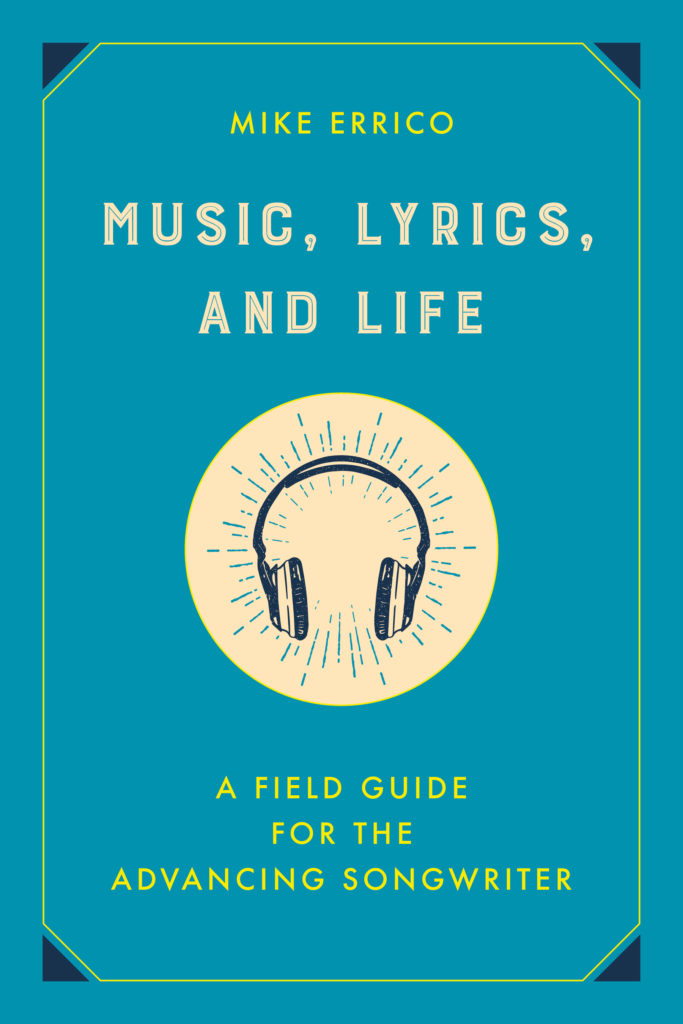
What is your perfect workspace? Describe it in detail running through each of the five senses. Is it indoor, outdoor, dark, light, sunny . . . by the beach, a ski slope, the fire escape, a graveyard? Are you drinking coffee, a smoothie, whiskey, water? Is it midnight, 5 a.m., high noon? See it, touch it, lick it, and report back.
What do you want a listener to get from your music? And who is that listener, anyway? What do they look like? Where are they from? What are they doing while you’re coming out of the speakers?
Pick a single object in front of you and write about it and only it. If you’re staring at a ketchup bottle thinking there really isn’t much to say about it, remember astronomer Carl Sagan’s words: “If you wish to make an apple pie from scratch, you must first invent the universe.”
Play “Verbs and Nouns.” Wilco lead singer Jeff Tweedy offers this exercise in How to Write One Song: in one column on a page, list 10 verbs that have to do with a job or action—surfing, hammering, testing. In a second column, write out 10 nouns within your range of vision—a cup of coffee, a book, the kitchen.
Next, draw lines to connect the verbs you chose with your nouns. Look for combinations you’d never have come up with on your own. Some will be duds at first, but play around with them until they conjure a fresh image, character, or scene. Maybe the rhythm in the words will spark a melody, but to be honest, I’ve tried this method, and it can just as easily spark a short story, a rant, or a home improvement idea. Doesn’t matter—if you’re jump-started, that’s a win, and you’ll have baked in what David Byrne calls “the pleasant ambiguity . . . [that] constitutes much of the reason we love music.”
Let’s say you had a “brand” as a writer, but you also had a pseudonym no one could ever trace back to you. What would that alter ego sound like? Funny? Political? Ambient? Twangy? Emo? A three-hour loop of sneakers tumbling in a dryer? What if you gave yourself license to try it? Maybe just one song, for fun—just to see? What would it be about?
Three steps. In an interview, songwriter Bernard Butler laid this plan out: (1) Write down something that happened, being as detailed and descriptive as possible. (2) Explain how it made you feel. (3) Describe where this experience has left you.
You’ve basically just written the arc of a song: number one is your verses, number two is your pre-choruses, and number three is the chorus. That may sound fairly simplistic, but we’re just getting you jump-started here. It’s a seed, but it may grow into something.
If you’re in a touring band: What song does your set need? Is there a hole that you fill every night with a not-exactly-right song? Is it the opener? A closer? An anthem? Write about the kind of song that will make your show better. Start aiming that direction.
Song of the Week. What’s the best song you heard this week? What tipped you off to its greatness? What did it have this week that no other song had?
I won’t swamp you with more of these because you could just do a search for “songwriting prompts” and spend the rest of eternity being prompted. But if one of these or just part of one gets you up and writing, then all of them have done their job. I hope they help.
Alt-Journaling and the Riff du Jour
There’s an obvious problem with the method of journaling I just outlined: It’s that some things don’t come out in words. Things like, say, music.
“Journaling” doesn’t strictly mean writing in a notebook. Eric Bazilian (founding member of the Hooters; cowriter with artists including Cyndi Lauper, Ricky Martin, and Carlos Santana; and writer of Joan Osborne’s international smash, “One of Us”) has an approach he calls “Riff du Jour.”
What is Riff du Jour, exactly?
Riff du Jour is journaling, but it’s unconscious journaling. I’ll start singing words, and sometimes there’s gibberish, but eventually a story emerges. And sometimes it’s surprising. Sometimes it’s scary.
How do you catalog all your Riffs du Jour?
I have phone recordings, and sometimes I’ll go back and find one and use it for something, but generally I really have to capture the moment and then dive in and take it as far as it’ll go. It’s a mystical, magical, mysterious process that goes on, and I just have to be open to it and show up for work.
Which of your songs do you attribute specifically to Riff du Jour?
Every song I’ve ever written has been a Riff du Jour, just about. “One of Us,” absolutely a Riff du Jour. “And We Danced” [the first major hit for the Hooters] was a notable exception. Rob [Hyman] and I were on a songwriting retreat for a week, and I said, “Hey, let’s try to write a song totally from a melody. And these are the parameters: It’s going to start before the downbeat, and it’s going to develop from there.”
So, you made up rules based on the downbeat?
That’s sort of been my philosophy. There are three kinds of melodies: melodies that start on the downbeat, melodies that start before the downbeat, and melodies that start after. Melodies that start after it have become much more common in songwriting since this whole “track making” and “topline” [writing melodies on “top” of tracks] thing has happened because the track is leading the singer and the melody. The topline person hears a chord and says, “Okay, I’m going to react to that.” With melodies that start ahead of the beat, the singer is taking control, and the band is following the singer. There is a sense of urgency if you’re singing into the beat because you’ve got a story to tell and you can’t wait to hear what the band is going to play.
Interesting thing: Most Beatles songs? Before the beat. [Sings] “Oh, yeah I-I-I . .” [Sings] “She loves you-u-u,” and so on and so forth. “Yesterday” is on the beat. “All You Need Is Love” is after the beat, but he gets to keep that one. [Laughs]
Antennae Always Twitching
Former student Madison Emiko Love, who has worked with Selena Gomez, Lady Gaga, Ava Max, Camila Cabello, and others, has an ideating process that includes not just “being inspired” but also actively going out and hunting.
How do you search for song ideas?
I don’t want to give away all my secrets, but I listen, read, and watch everything I can, old and new. I hear things at restaurants, on TV—especially hit television shows because they have some of the best writers working on those scripts. I scour the internet for quotes, old song titles that were popular from other decades, and then I make them my own in some way. I don’t judge when an idea pops into my head, good or bad. If it’s the stupidest idea ever, I laugh about it and write it down, no matter what.
An example of things I research: I was looking up a synonym for the word “unique,” and I found the word “rare” in the list. I scribbled it down in the corner of the page in my notebook and went to a recording session for Selena Gomez. Three years later, “Rare” was a single and the title of her album. She even created a makeup company with Sephora called “Rare Beauty.” So it’s things like that—little concepts that turn into bigger things. You don’t always know how powerful they can become. A song concept turns into an entire album concept and a message for young people everywhere.
How do you organize the bits and pieces you compile?
I have song journals that I’ve kept since college. I’m on book number 11. I have thousands of concepts that I jot down all the time. Sometimes I’ll draw a huge picture, and then I’ll write lyrics inside it with different-colored pens. I never use pencils because I don’t like erasing anything. So, I always have a place to look for concepts. Or I’ll open up my safe, look through my old journals, and see what I was thinking back then.
Did you just say “safe”?
[Laughs] Yeah. I put my journals in a safe. They’re very precious! It’s a fireproof safe, too.
When you’re in a session, do you take a journal and just flip to any page and see what happens?
I always prepare myself. Like when I worked with Katy Perry, I spent the entire week before writing down about 700 concepts, and categorized them in case she wanted to write a breakup song that day, or something else . . . I only had two days writing with her, so I wanted to be 100 percent prepared and not caught off guard. I love to make sure I don’t come to a session empty-handed. I’ll have a chorus written or a bunch of ideas that I know are very strong.
Live Journaling
If these alternative methods don’t feel immediate enough for you, you’re not the only one. On the Song Exploder podcast, Grammy-nominated Philadelphia rapper Meek Mill and producer Don Cannon explained Meek’s process while breaking down his song “Trauma”:
Don Cannon: A lot of times when you write down things, you already got it—the feeling—out on paper. So now you’re reading it back, and . . . it’s very hard to give it the same energy.
Meek Mill: I make all my music on the spot. I don’t write my music down, so as soon as I get a thought, I gotta rush to the booth and lay it down piece by piece.
The song is the journal in this case.
Conclusion
A through-line between these approaches is that songs come on like an emergency and can disappear as quickly. Writers are forever rushing out of rooms, rushing to instruments, rushing to microphones, all feverishly hitting the Record button to answer the call so they can capture it, sing it, rap it, play it, and, ultimately, share it.
Is one better than the other? You can’t physically see me right now, but I’m giving you the Italian shrug—shoulders up, chin thrust forward, lips drawn clownishly downward, palms at shoulder height, turned skyward. It means, “Who knows?” Accept the not knowing—resign yourself to the fact that what’s true and beautiful is also elusive.
Parts of this article are excerpted from Music, Lyrics, and Life: A Field Guide for the Advancing Songwriter, available everywhere, including: | Bookshop | Books Are Magic | Amazon | Bandcamp (signed copies)
